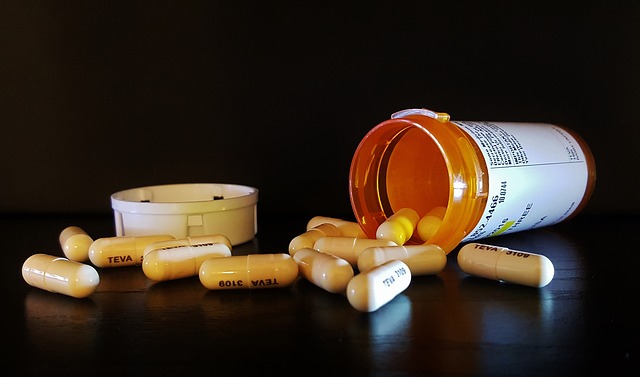Is Amoxicillin Safe for Dogs
13.04.2021.
Antibiotics are not really newsworthy, and their use and range in human medicine are pretty well known. However, vets often prescribe antibiotics for “off-label” use for pets. One of these antibiotics is amoxicillin. If your vet prescribed amoxicillin for your dog, you are probably wondering, “Is amoxicillin for dogs safe?” Here is what you should know about the use of amoxicillin for dogs.
What is amoxicillin?
Amoxicillin is an aminopenicillin antibiotic, which means that it is an antibiotic that is based on penicillin. We can describe it as a “refined” version of naturally occurring penicillin. Amoxicillin was “modified,” so it has a broader range and be more resistant to stomach acid than penicillin. Several brands are based on amoxicillin, and the most famous are;
- Amoxil®
- Amoxi-Tabs®
- Amoxi-Drop®
- Bimox®
- Moxatag®
- Novamoxin®
Is amoxicillin safe for dogs?
Amoxicillin is safe for dogs. In fact, Dr. Patrick Mahaney said in his interview that, in his expert opinion, amoxicillin is very safe as long as dog owners stick to the dosage and treatment their vet advised. Not only is amoxicillin safe for dogs, but it is safe for cats. Vets can even prescribe it for “extra-label” use on ferrets, reptiles, and birds.
What is amoxicillin used for?
Amoxicillin has a wide range of bacteria it is effective against. The most common reasons this antibiotic is used in dogs are;
- Bacterial mouth infections
- Bacterial skin infections
- Bacterial respiratory tract infections
- Bacterial urinary tract infections
- Bacterial gastrointestinal tract infections

Amoxicillin is effective against all sorts of bacterial infections, but it is crucial to stick to the recommended dosages. Even if the vet tells you to give dosages that are not described on the package. This is especially true for off-label use in other species. Make sure you stick to the vet’s instructions, and your dog will feel better in no time.
How is amoxicillin given to dogs?
Amoxicillin is a potent medication, and it takes effect after only 1 - 2 hours after administration. There are several ways you can give amoxicillin to your dog, and the available forms are;
- Liquid suspension
- Capsule
- Tablet
You must stick to the whole prescribed duration. Cutting it short because the dog has no visible signs of infection doesn’t mean all bacteria are cleared. Listen carefully to your vet’s instructions and make sure you give this antibiotic to your dog regularly.
Amoxicillin for dogs can be given with or without food. However, if you notice your dog doesn’t handle it very well on an empty stomach, you can give them amoxicillin with a tiny bit of dog food. If you are giving your dog the liquid suspension, make sure you are carefully measuring it. You don’t want to give too much amoxicillin to your dog on accident.
Amoxicillin side effects
Like every other medication, amoxicillin for dogs can cause some side effects. Luckily, if your dog is not allergic to penicillin, those side effects are mild and relatively uncommon. Most amoxicillin side effects in dogs are connected to their gastrointestinal tract. They can include
- Vomiting
- Diarrhea
- Lethargy
- Loss of appetite
Penicillin allergy
Just like humans, dogs can be allergic to penicillin. Since amoxicillin is an antibiotic based on penicillin, it can cause an allergic reaction in dogs. You must keep a close eye on your dog after starting them on amoxicillin treatment. The first dosage will determine if your dog is allergic or not. The most common symptoms of penicillin allergies are;
- Skin rash
- Redness
- Itching
- Heaving
- Fever
- Swelling
- Prolonged loss of appetite
- Loss of coordination
If you notice these allergy symptoms, you should stop giving your dog amoxicillin immediately and call your vet. Some antibiotics aren’t based on penicillin, so your dog should probably take them.
What if I skip giving amoxicillin to my dog?
Missing a dosage is not uncommon. Dog owners can get stuck somewhere or simply forget to give their dog a dosage according to the schedule. It is not the end of the world, but there are some things you shouldn’t do. You should never give your dog a double dosage because you skipped one. One dosage is effective in the dog’s body for 24 hours, so the best thing you can do is adjust the schedule.
Let’s say you were supposed to give your dog medication at 8 AM, but you overslept or had an emergency that prevented you from giving medication to your dog. You should give your dog the next dosage as soon as possible. If you give them the drug at 10 AM, you should adjust the schedule and continue with that new time.
World Dog Finder team







Share